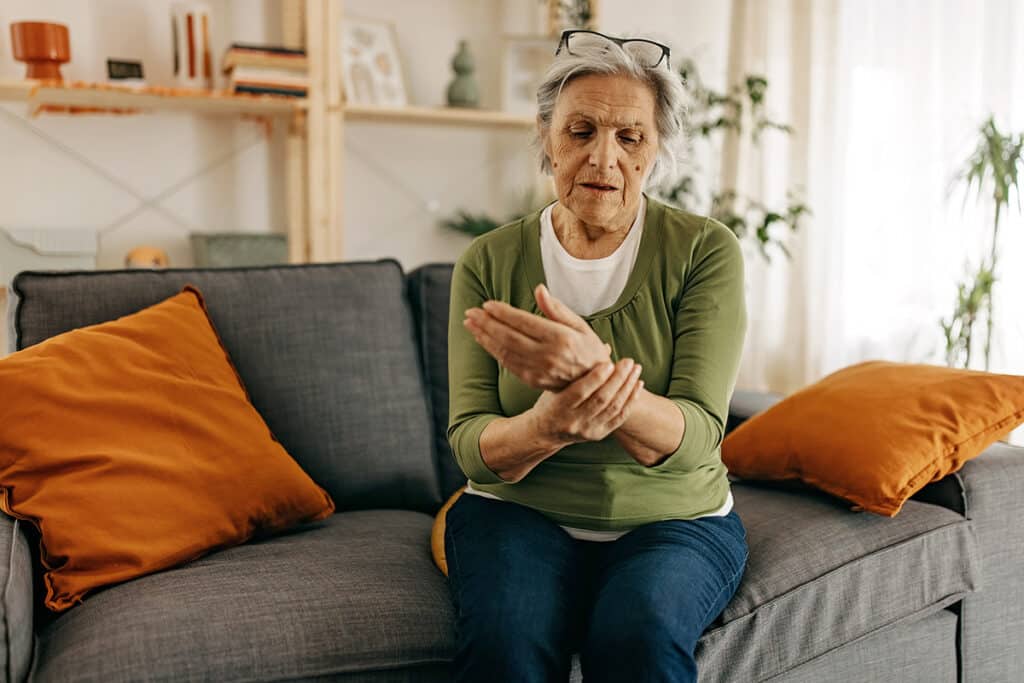
Osteoporosis is a condition characterized by weakened bones, making them more susceptible to fractures. While there is no cure for osteoporosis, there are various treatment approaches that can help manage the condition and reduce the risk of fractures. Here are 10 effective ways to treat osteoporosis:
1. Medications: Your healthcare provider may prescribe medications such as bisphosphonates, hormone treatment, or selective estrogen receptor modulators (SERMs) to slow down bone loss and improve bone density.
2. Calcium and vitamin D supplementation: Adequate calcium and vitamin D intake is essential for maintaining bone health. Your doctor may recommend supplements to ensure you’re getting the necessary nutrients.
3. Weight-bearing exercises: Engaging in weight-bearing exercises, such as walking, dancing, or weightlifting, helps strengthen bones and improve bone density. Consult with a physiotherapist or exercise specialist to develop a safe and effective exercise program.
4. Fall prevention: Reducing the risk of falls is crucial for individuals with osteoporosis. Make sure your living environment is free from hazards, use assistive devices if necessary, and practice balance exercises to improve stability.
5. Healthy diet: Consume a well-balanced diet rich in calcium, vitamin D, and other essential nutrients. Include foods like dairy products, leafy greens, fish, and fortified cereals in your diet.
6. Quit smoking and limit alcohol consumption: Smoking and excessive alcohol intake can contribute to bone loss. Quitting smoking and reducing alcohol consumption can positively impact bone health.
7. Physiotherapy: Physiotherapy plays a crucial role in managing osteoporosis. A physiotherapist can help develop an exercise program tailored to your needs, focusing on strengthening muscles, improving balance, and enhancing posture.
8. Chiropractic care: Chiropractors can provide spinal adjustments and manipulations to improve spinal alignment and alleviate pain associated with osteoporosis. They can also offer advice on lifestyle modifications and exercises to support bone health.
9. Massage: Massage therapy can help relieve muscle tension and improve circulation, which may aid in reducing pain and promoting relaxation. However, it’s important to consult with your healthcare provider who is familiar with osteoporosis to ensure appropriate techniques are used.
10. Education and support: Learning about osteoporosis, its management, and lifestyle modifications is crucial. Support groups and educational resources can provide valuable information and emotional support to help you cope with the challenges of living with osteoporosis.
Remember to consult with your healthcare provider before starting any new treatment to ensure it is appropriate for your specific condition. They can provide personalized recommendations based on your individual needs and medical history.
Osteoporosis requires proper attention and care, including medication, exercise, supplements, and lifestyle changes. The best treatment option for each individual depends on their particular case, including age, risk factors, and overall health. Consulting with your doctor and committing to a long-term plan can have a positive impact on your bone health and quality of life. If you are concerned about your bone health, contact your doctor immediately to prevent further damage.
If you have any questions or would like to explore further, please book a free, no-charge online appointment with either myself, Nitin Nair, BPT, R/TRO DIP, PT, or another Kitchener physiotherapy practitioner at CARESPACE. We are happy to listen and are here to help!

